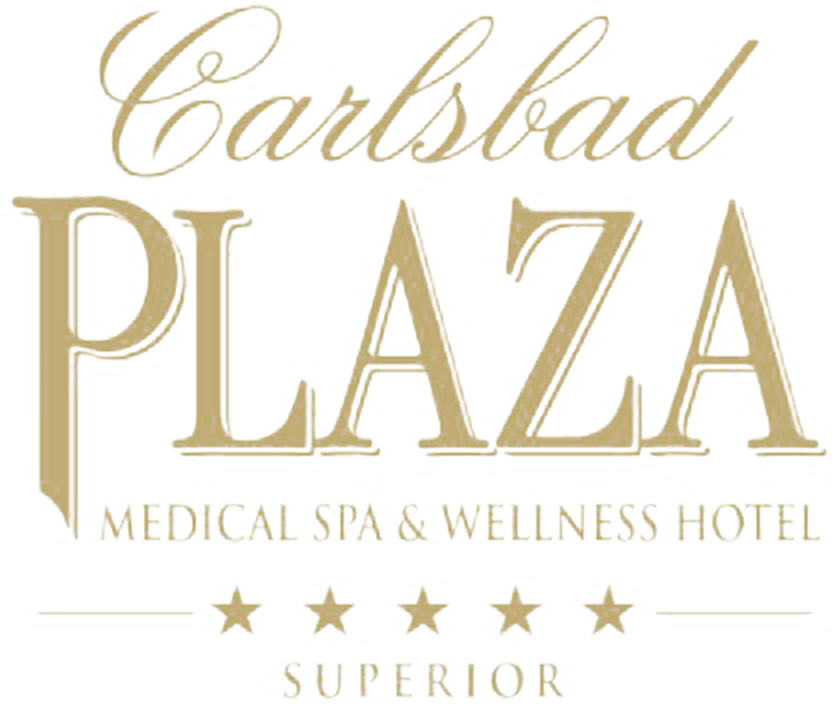Already the first settlers of the valleys and forests around the Teplá River knew about the healing effects of the thermal mineral waters rising here. They were attributed magical powers, which were experienced by Charles IV himself, who promoted the settlement to a town in 1370. It is said that he used the warm springs to relieve his aching feet.
The underground of Karlovy Vary is interwoven with countless springs, 15 springs are captured on the surface and made available to the public, 12 of which are commonly used for drinking cures, which are an integral part of the renowned Karlovy Vary spa treatment. Each of the 15 springs differs in its temperature and the amount of dissolved carbon dioxide. These differences determine the actual effects on humans. The most famous spring is the 1st Karlovy Vary thermal mineral spring called Hot Spring, which rises in the Hot Spring Colonnade and is cooled for drinking purposes and distributed into five spring vases. However, you do not have to go far from the Carlsbad Plaza Hotel to find the Hot Spring; it is led into the drinking fountain directly in the main reception area, where it is freely available to all hotel guests.
But where did these sources come from? The springs are a remnant of post-volcanic activity in the wider area of Karlovy Vary, forming at depths of around 2,500 meters below the earth's surface. It is incredible that the composition of the springs has remained unchanged for centuries. This healing water contains most of the elements of the periodic table; up to 40 elements with beneficial effects on the human body can be identified by analysis.

Karlovy Vary thermal mineral springs:
- Hot spring (73°C)
This geyser produces an average of 2000 liters of mineral water per minute. Today, apart from the Castle Spring, it is the only spring used for bathing. The spring is also used for drinking cures. Five drinking fountains with spring water at temperatures of 72, 50 and 30°C can be found in the colonnade. Thanks to the pressure, the column of spring water is able to gush up to a height of 12 meters.
- Charles IV Spring (64°C)
The healing powers of this spring may have contributed to Emperor Charles IV's decision to build a spa town here. The discovery of Karlovy Vary is evidenced by the relief above the spring. - Upper and lower Castle spring (55°C)
Practically it is one spring, which is brought into two vases. However, due to the higher altitude of the upper spring and physical laws, the upper spring has a different temperature and CO2 content than its lower variant. The lower Castle Spring is brought to the Market Colonnade for the public. The spring in the Castle Colonnade is only for clients of the Castle Spa. - Market Spring (65°C)
The spring has been lost and rediscovered several times since its discovery (1838). Several boreholes have been drilled, thanks to which it can still be prescribed by spa doctors today. - Mill Spring (56°C)
It has been used for spa treatment since the 16th century. Previously mainly for baths. Water from this popular spring was once available in almost all Czech pharmacies. - Rusalka Spring (60°C)
From the 16th century until 1945 it was called New Spring. The water from it was more popular than that from the Mill Spring. It also had its own colonnade of the New Spring, which was later rebuilt and named the Mill Spring Colonnade. - Prince Wenceslas I and Wenceslas II Spring (65°C)
The water of this spring was used to produce Karlovy Vary medicinal salt. At the end of the 18th century, it was said to have rivaled the Hot Spring in terms of abundance and strength. Prince Wenceslas emerges in two spring vases. Prince Wenceslas II emerges in front of the colonnade opposite the orchestral stage. - Libuše Spring (63°C)
Originally called the Elizabeths Roses Spring. It was formed by combining four smaller springs. - Rock Spring (47°C)
Until 1845, the spring originated in the Teplá River. After landscaping, its water was brought to the site of today's Mill Colonnade. - Svoboda Spring (62°C)
This spring was discovered in the second half of the 19th century during the construction of Spa III. It has had its present name since the end of World War II. It was formerly called Lázeňský, then it was named after Franz Joseph I. The gazebo with the spring can be found between Spa III and the Mill Colonnade. - Park Spring (41°C)
In the middle of the 19th century, it gushed out during the excavation of foundations for the Military Spa Institute. It was originally called the Emperor Spring. - Štěpánka Spring (14°C)
The Štěpánka Spring rises in the wooden gazebo of Alois Klein on the southern outskirts of Karlovy Vary. The spring is one of the coldest mineral springs in Karlovy Vary. It is also the southernmost spring in the spa town. - Snake Spring (29°C)
Spa guests have been encountering this spring since 2001; it contains fewer minerals than other springs, but more CO2. It flows from the jaws of a snake in the Sadova Colonnade.







